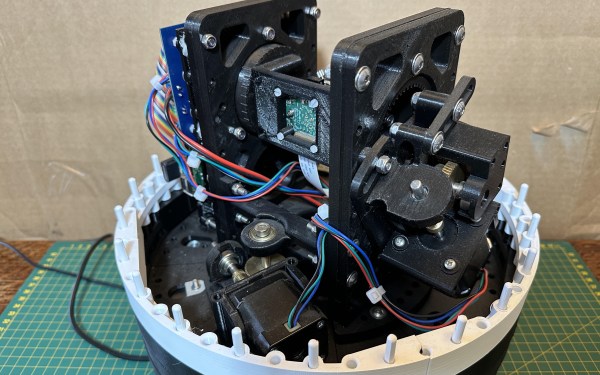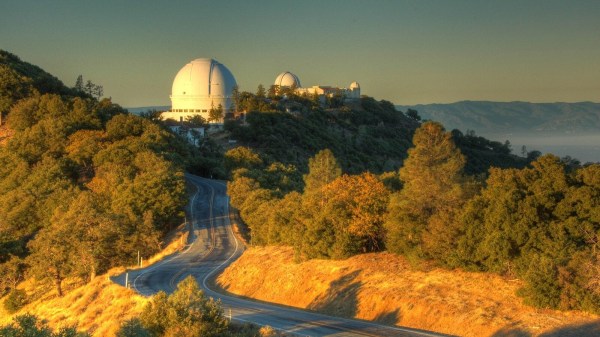Some of the largest objects in the night sky to view through a telescope are galaxies and supernova remnants, often many times larger in size than the moon but generally much less bright. Even so, they take up a mere fraction of the night sky, with even the largest planets in our solar system only taking up a few arcseconds and stars appearing as point sources. There are more things to look at in the sky than there are telescopes, regardless of size, so it might almost seem like an impossible task to see everything. Yet that’s what this new telescope in Chile aims to do.
The Vera C. Rubin Observatory plans to image the entire sky every few nights over a period lasting for ten years. This will allow astronomers to see the many ways the cosmos change with more data than has ever been available to them. The field of view of the telescope is about 3.5 degrees in diameter, so it needs to move often and quickly in order to take these images. At first glance the telescope looks like any other large, visible light telescope on the tops of the Andes, Mauna Kea, or the Canary Islands. But it has a huge motor to move it, as well as a large sensor which generates a 3200-megapixel image every 30 seconds.
In many ways the observatory’s telescope an imaging technology is only the first part of the project. A number of machine learning algorithms and other software solutions have been created to help astronomers sift through the huge amount of data the telescope is generating and find new irregularities in the data, from asteroids to supernovae. First light for the telescope was this month, June 2025, and some of the first images can be seen here. There have been a number of interesting astronomical observations underway lately even excluding the JWST. Take a look at this solar telescope which uses a new algorithm to take much higher resolution images than ever before.


















